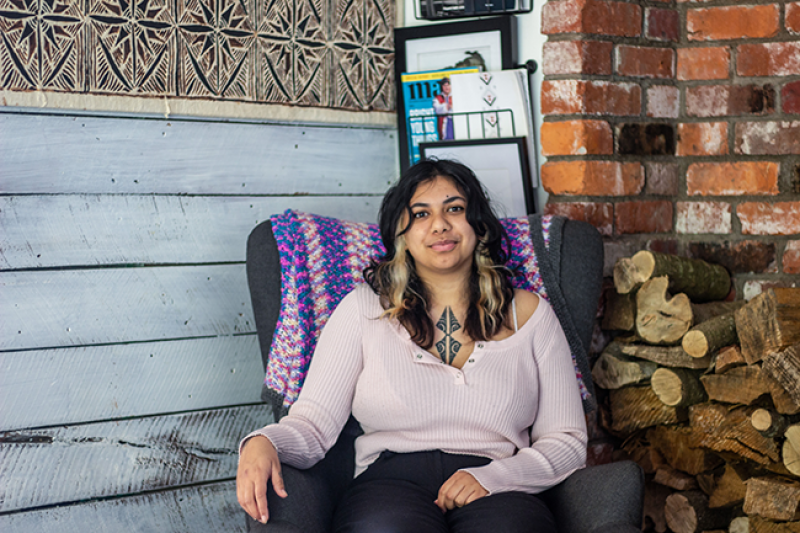By Awa Randall and Kahu Kutia
Te Reo Māori is something we all connect to differently, and something we all have different hopes and aspirations for.
We spoke to 6 people in Te Whanganui-a-Tara, all at different stages of their reo journey , about what they want for te reo Māori.
Kirihika Stewart
Kirihika Stewart (Ngāti Kirihika, Ngāti Waiata ki te Puke, Viti Levu (Fiji), India, Scotland, Ireland.) grew up in Te Whanganui-a-Tara at Tapu Te Ranga marae. She has been raised with Te Reo, Hindi, and English since birth. She’s currently a kaiako at Te Kaahui Kōhanga Reo.
I want more young Māori to be comfortable and confident in knowing who they are, where, who they've come from, and where they want to go.
I want them to be able to conversate in te reo Māori, to be able to recite whakapapa, to write karakia for their kui or oriori for their pēpi. I want to see young Māori with moko kauae and mataora, young Māori going to mokoia to practise their taiaha or mahi raranga with their whānau.
I want te Reo Māori to be taught in schools, as the national and original language of Aotearoa.
Ina ka mate te kāinga tūatahi a te tangata Māori, me tū tātou hei hikina i te kāinga rua, tātou a Ngāi Māori. Karawhiu!
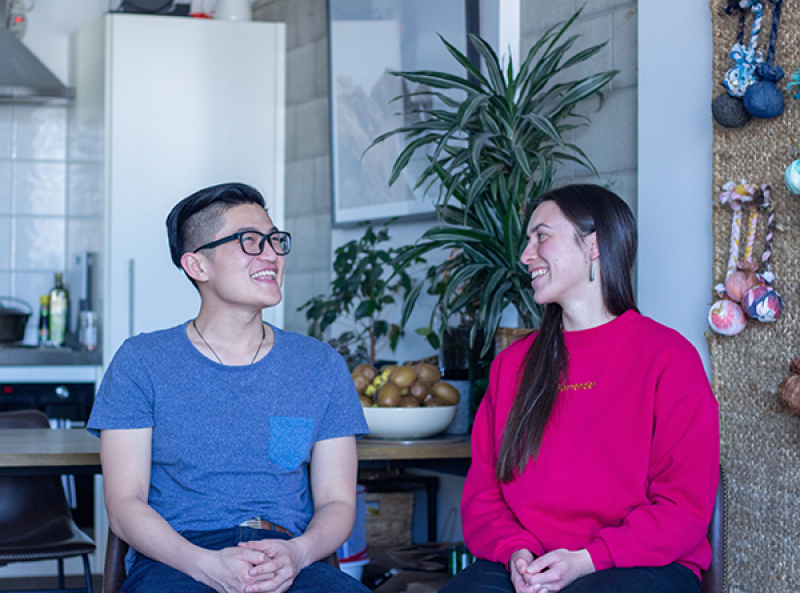
Nakia Randle and Darryn Ooi
Nakia Randle (Ngāti Kahu) and her partner Darryn Ooi (nō Marēhia ōna mātua; nō Haina ōna tūpuna) live and work in Te Whanganui-a-Tara. Next year, they're taking a year off work to move to Tāmaki Makaurau and enrol in the year-long, full immersion Te Reo Māori course at Te Wānanga Takiura.
Nakia: What I hope for the reo is that it continues to be uplifted, and in turn uplifts the reclamation of all things Māori.
My Nana and Koro are hesitant about their moko putting energy into learning our reo. Part of that may be informed by language trauma, but they also view it as a distraction from other mahi that feels more urgent to them, like the return of whenua to our whānau and to Māori.
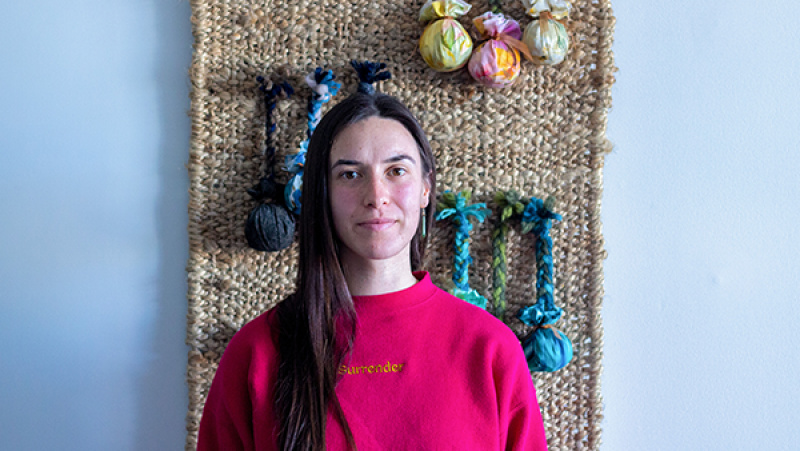
I want to learn te reo Māori, still. Firstly, because it’s a taonga tuku iho, and secondly because - thanks to my Nana and Koro - I can dream of reclamation of it all.
Darryn: What Nakia said. Because she’s always right!
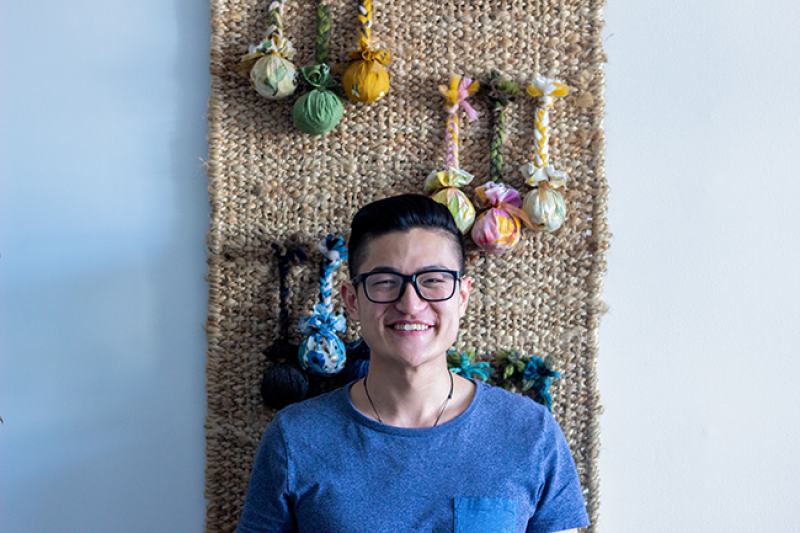
For me, I struggled with answering this, because there is a difficulty in saying what I want for something that is not mine. With that being said, I hope that the collective aspirations of Māori, for whom the reo is their ancestral taonga, are realised.
Perhaps, then, it remains on the rest of us, who call this whenua our home, to find out, listen to and support those aspirations.
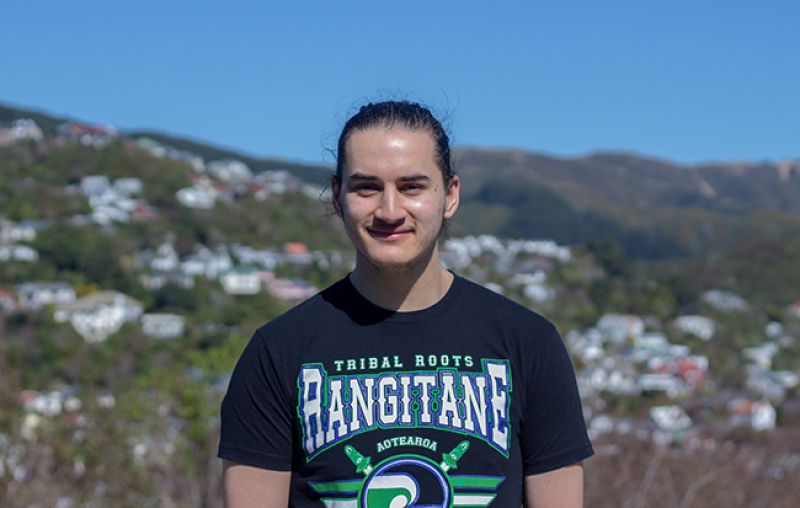
Safari Hynes
Rangitāne tangata rau, Rangitāne nui a rangi. Tini whetū ki te rangi, ko Rangitāne ki te whenua. He tauira a Safari i raro i te āhurutanga o nga poupou o Te Tumu Herenga Waka. E noho ana ia ki Te Whanga-nui-a-Tara.
Kia pērā te tini o ngā kaikōrero Māori i ngā tini whetū i te rangi. Kia kaha hoki te kōrerotia o ngā hohonutanga o ngā kaupapa e roto tonu i te reo.
Safari shares lots of cool content on Instagram, you can check out here.
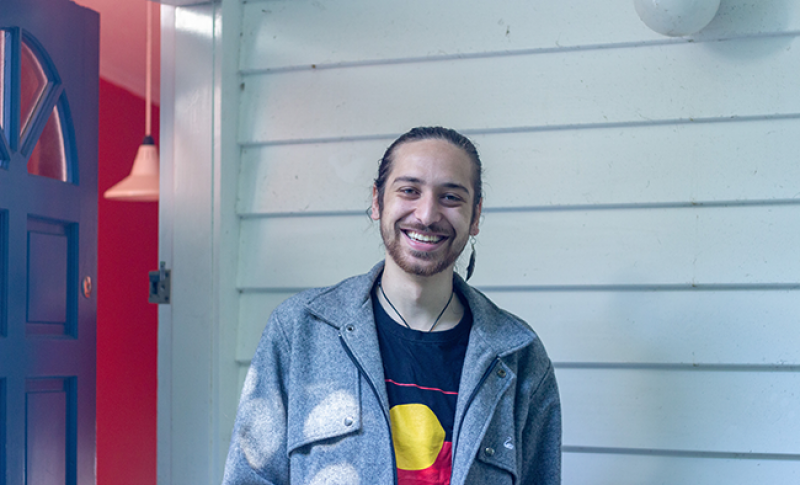
Kahukura Ritchie
Kahu (Ngāti Kahungunu ki te Wairarapa) was raised in Whāingaroa and is a youth worker in Te Whanganui-a-Tara. A lot of his mahi includes supporting all rangatahi, but especially rangatahi Māori to connect with their own cultural strength and identity through te ao Māori frameworks.
I want Article Two of Te Tiriti o Waitangi and the expectations of the Te Ture mō Te Reo Māori 2016- Māori Language Act 2016 to be upheld so that our reo is respected and spoken as the official language of Aotearoa.
I want the learning and constant maintenance that it takes to be able to speak te reo not to be a chore because it’s just what is normal. I want rangatahi to grow up hearing stories of their tīpuna having to fight for their language but no longer having to repeat this struggle in their own lives.
I want our karanga to be heard across Aotearoa spreading their atuatanga laying the foundations for our future. I want paepae filled with speakers of the highest calibre where the masterful orators of today are the standard across the board.
I want our understanding of our language to be deeper than the most abundant rua kūmara so everything that is currently hidden in our tīpuna kōrero and tikanga becomes easily accessible and guides our rangatahi through every step of their lives.
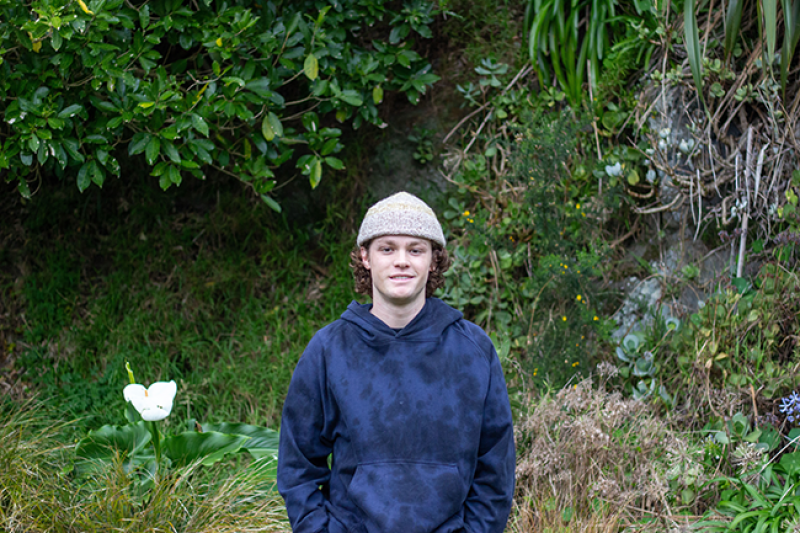
Awa Randall
Awatea Tamati Randall (Te Ātiawa, Ngāti Kahungunu, Ngāti Maniapoto) is the photographer for this series. He’s working on his honours project at Te Kunenga ki Pūrehuroa.
I want for te reo Māori to be spoken more proficiently in our society and community spaces. To extend teachings to incorporate more understanding of Tikanga Māori, allowing for the embodiment of kupu (words) and reo (language) and to create a shared understanding of core Māori values and a Māori world view.
Also what I think is essential, is to embrace the feelings of whakamā, especially around pronunciation, lean into those feelings and know that giving te reo a go is much better than not attempting it at all.
He aha te kai a te rangatira? he kōrero, he kōrero, he kōrero
What is the food of leaders, it is language, communication.
A bit more about Awa
Currently, I am a student on my final stretch of a Bdes at Te Arahihiko kī Massey University and working as an indigenous graphic designer. My mahi aims to embrace a Maori worldview and challenge existing design frameworks through applying a Te Ao Māori lens approach to everything I do within the space. I love to work with both human-centred and wairua–centred design approaches to create a more bicultural Aotearoa.
My journey with te reo Māori started at a kura called Pukeatua kī Wainuiomata in Wellington.
There I learnt te reo full time within the full immersion whānau unit. I was there for just over 7 years of primary and intermediate school. Fast forward about 10 years, I had completed NCEA within te reo Māori and made the decision to extend my studies in the field of mahi toi (Art), at Massey University (Te Arahihiko).
Throughout my secondary and tertiary years, I was never fully able to express my taha Māori (Māori side) with my peers, only really speaking te reo at home with siblings, or with ngā karanga rua (my cousins). I found it really challenging to keep up my reo.
It is only now within the last remaining years of my study at Te Arahihiko that I have been able to find my voice as an Indigenous designer, and have the ability to combine my teachings from design school with my knowledge of te ao Māori.
